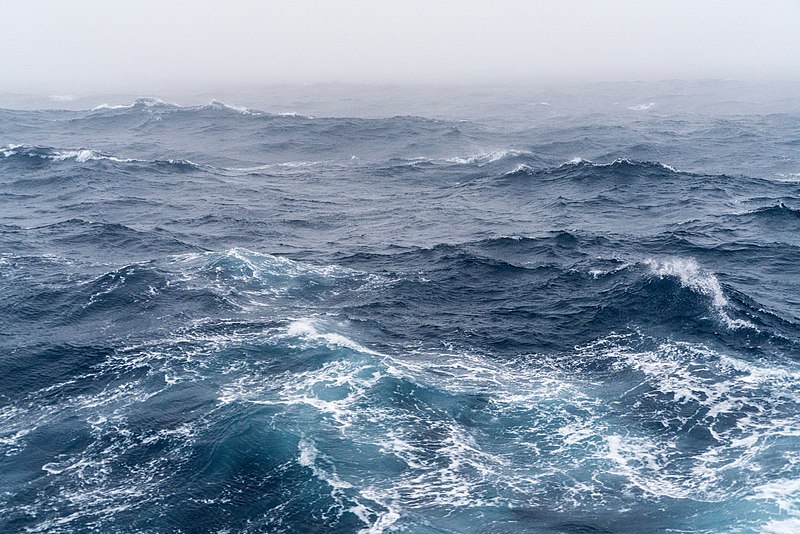
Youtong Zheng, ESSIC Assistant Research Scientist, and Zhanqing Li, Professor at ESSIC and University of Maryland’s Department of Atmospheric and Oceanic Science, were recently spotlighted in the U.S. Department of Energy’s Atmospheric Radiation Measurement (ARM) annual report for their paper, “Episodes of Warm‐Air Advection Causing Cloud‐Surface Decoupling During the MARCUS”.
In the study, Zheng and Li found that boundary-layer clouds over the Southern Ocean have lifespans of several tens of hours, longer than previously believed. This finding may correct present underestimates derived from satellite data. The study also suggests that under conditions of strong decoupling, surface-generated aerosols such as sea spray and biogenic particles may not reach cloud bases easily from cold waters. That opens inroads into nascent investigations of cold-ocean aerosols.
At ESSIC, Zheng’s main research interests are observation, remote sensing, and theory of cloud-topped boundary layer. He is currently working with ESSIC/AOSC Professor Dr. Zhanqing Li on topics related to cloud-surface decoupling processes over the Southern Ocean and their impacts on aerosol cloud-mediated effect.
Li is a professor at AOSC and ESSIC at University of Maryland. He has engaged in a wide range of studies concerning climate change, atmospheric physics, terrestrial and atmospheric environment.
To access the article, click here: “Episodes of Warm‐Air Advection Causing Cloud‐Surface Decoupling During the MARCUS”.






